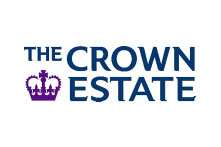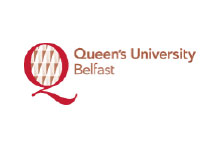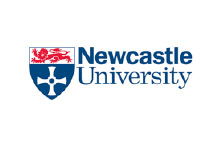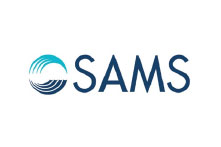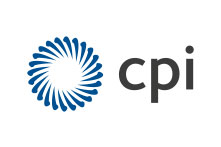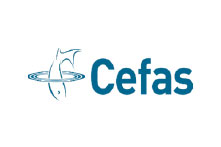Background
This particular project builds on previous work carried out for The Crown Estate by CPI and our project partners to assess the potential of seaweed to deliver a viable alternative to land-based crops. There are a number of reports on the Crown Estate website where the findings from various studies are available to the public. Links to other notable projects and publications which provide useful information on seaweed farming can be found on our project partners websites (for example EnAlgae and Queen’s University Belfast).
There has been a good deal of academic study into the potential for seaweeds of different varieties to deliver high value chemicals, food additives/supplements, chemical or bioenergy. Almost all of the literature regarding the exploitation of seaweeds suggests that seaweeds have a suite of chemical and biological properties which make them suitable for wider use. However, in reality, apart from very large seaweed farms off the coastlines of East Asia, large scale commercial farming and utilisation is almost non-existent elsewhere on the globe.
In European waters, only naturally growing seaweeds are used commercially on a fairly small scale. Part of the problem lies in the actual farming and harvesting methodologies, which need a step-change in technology for viable, large-scale application. The other missing link is the supply chain, creating market ‘pull’ for seaweed farming at large scale. Potential developers and end users do not yet have the evidence they need to invest in large scale commercial seaweed farming and bioenergy production. The aim of the SeaGas project is to provide more confidence to a nascent market, and to highlight any adverse issues which would affect viability.
-
The Opportunity
-
The opportunity is to develop further, away from bench scale experiments, a process that uses seaweed for the generation of sustainable energy by AD. Traditionally, AD processes use crops such as maize and beet, as well as agricultural and food wastes. However, farmed seaweed could be used as an alternative feedstock for the AD process, thereby limiting the use of prime agricultural land, which would be better used for growing food or forage crops.
A novel storage system will be developed - to support a 12-month AD operation – to counter seaweed availability and variability. The project will facilitate uptake by AD end users and initiate the building of a viable supply chain for farming and storage of seaweed.
The eventual storage system would also support exploitation of seaweed across other applications which are currently not viable, eg. fermentation to bio-fuel.
Meeting the cost targets of commercial seaweed farming is a major challenge, as current methods tend to be labour intensive, manual, favour small scale industry and are not geared up for an efficient use of time or money for large scale production. Currently, the cost of farming and harvesting seaweed does not compete with the costs incurred for land-based crops. Close attention will also be paid to environmental effects (positive and negative) and selecting seaweed farm locations. We will also assess community responses and attitudes to seaweed farming per se and its use for energy production.
Consortium
The consortium of 6 is led by the Centre for Process Innovation (CPI) for project management, AD process development and digestate utilisation. CPI is a facilitator for implementation with the Steering Panel & coordinator for techno-economic modelling subcontracted to Eunomia (UK SME). Academic partners are SAMS for development of the seaweed storage system, Queen’s University Belfast for environmental and socio-economic impact studies and Newcastle University for analytical expertise and AD using seaweed. Cefas (UK Public Sector) models the potential environmental effects of seaweed farms and provides knowledge to apply industry best practice.
